The diverse cultural identities of ethnic groups are not only a priceless heritage treasure but also an important factor in promoting economic and social development and national defense.
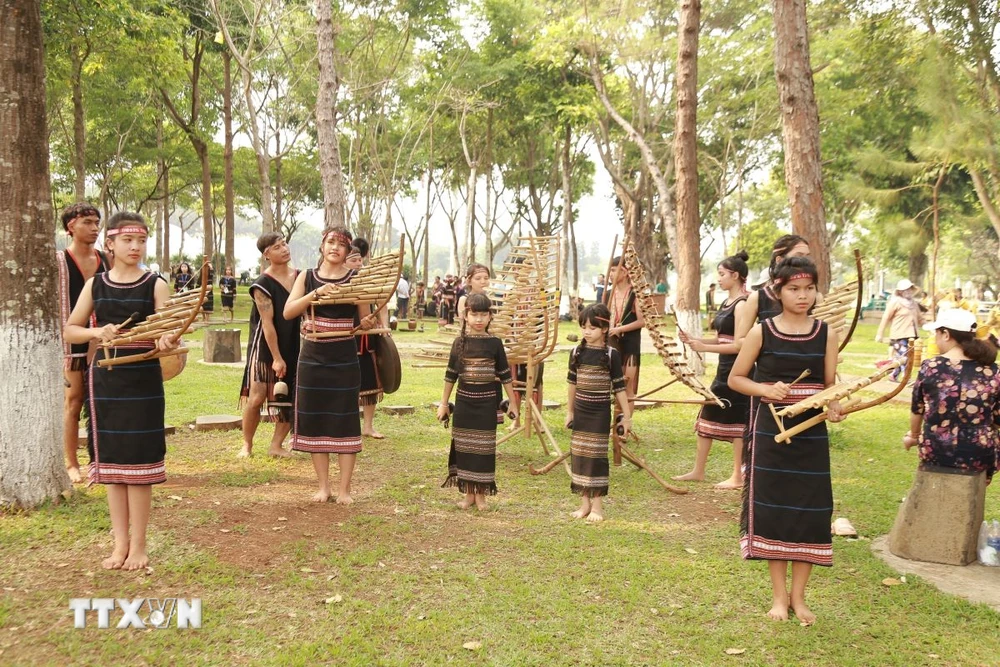
Culture is a solid spiritual foundation, an endogenous strength that helps each nation develop sustainably.
For Vietnam, with 54 ethnic groups, culture is the thread connecting the past, present and future. The diverse cultural identities of the ethnic groups are not only a priceless heritage but also an important factor in promoting economic and social development and protecting the country.
Realizing the importance of preserving and promoting national cultural values, our Party and State have implemented many policies to protect and develop Vietnamese culture imbued with national identity.
From December 14-17, the 2024 Vietnam Ethnic Culture Festival will be held in Quang Tri province, to honor good traditional cultural values, preserve and promote the cultural identity of Vietnam's ethnic minorities; at the same time, create conditions for localities to exchange, learn, and share experiences, contributing to raising awareness and consciousness in preserving and maintaining national cultural identity, building and defending the Fatherland.
The uniqueness and diversity of ethnic minority cultures
Each ethnic group in Vietnam has its own unique cultural characteristics, contributing to a colorful yet unified cultural picture. The culture of the ethnic groups is expressed through many aspects, from language, costumes to festivals and folk art forms.
Language is an important factor in expressing cultural diversity. Currently, 27 of the 53 ethnic minorities in Vietnam use their own writing systems, such as the Tay, Thai, Hoa, Khmer, Nung, Mong...
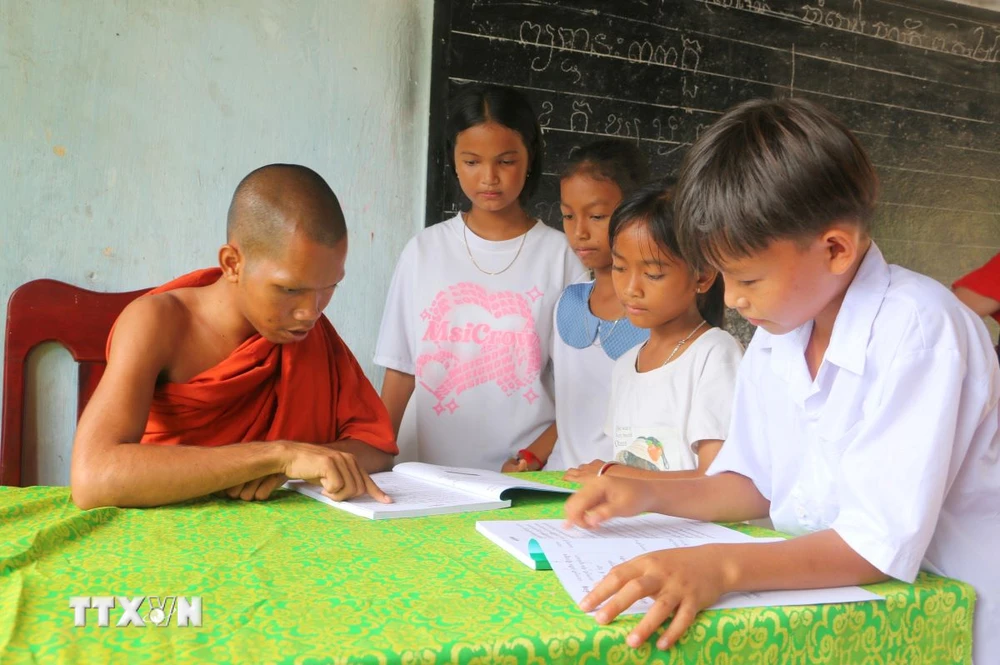
These languages are not only used in daily communication but also as tools for literary and artistic creation, broadcasting, and in the ethnic minority education system.
Traditional costumes of ethnic groups are also a distinctive highlight, helping to distinguish each ethnic group and is a place to preserve cultural and historical values. Each costume not only shows aesthetic taste but also reflects the beliefs, religions and life philosophies of the nation.
From costumes, weaving art to sophisticated handicraft techniques, all carry stories about the origins and development of each community.
Ethnic customs also play an important role in maintaining cultural identity. Unique rituals, such as the Dao's coming-of-age ceremony, the Hmong's wedding customs, or the Khmer's worship customs, reflect the community solidarity and long-standing traditions of ethnic groups.
Besides, traditional festivals such as the Gong Festival of the Central Highlands, the Gau Tao Festival of the Mong, and the Long Tong Festival of the Tay and Nung also contribute to preserving and promoting national cultural identity.
These festivals are not only an occasion to pray for bountiful harvests and good health, but also an opportunity for people to exchange and strengthen solidarity.
Efforts to preserve and promote national cultural values
The culture of Vietnamese ethnic groups is not only a precious heritage but also an important resource in building and protecting the country.
To protect and promote national cultural values, the Party and State have issued many policies and guidelines such as Resolution of the 5th Central Conference, Session VIII (1998) on building an advanced culture imbued with national identity, or Decision No. 1270/QD-TTg (2011) on preserving and developing the culture of ethnic minorities.
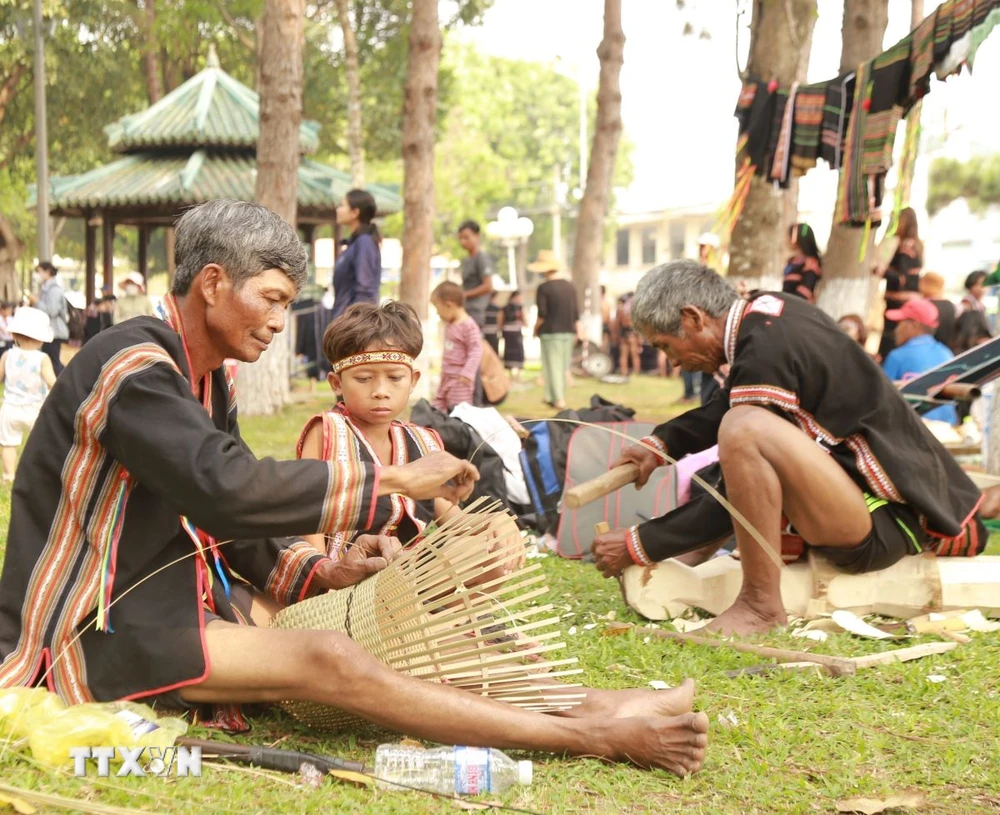
These policies focus on preserving tangible and intangible cultural heritages, researching and promoting the cultural values of ethnic groups, such as languages, writings, traditional costumes, festivals, and folk arts.
Cultural exchange activities between ethnic groups, cultural festivals, and art programs have been organized to raise community awareness in protecting and promoting these values.
One of the notable achievements is UNESCO's recognition of intangible cultural heritages such as the Central Highlands Gong Cultural Space (2008), Then Ritual of the Tay, Nung, Thai people (2019) and Thai Xoe Art (2022) as cultural heritage of humanity, contributing to enhancing the position of Vietnamese culture in the international arena.
In addition, historical and cultural relics and scenic spots have also been ranked at national and special national levels, thereby protecting the unique cultural values of ethnic minorities.
The Ministry of Culture, Sports and Tourism periodically organizes the "Cultural, Sports and Tourism Exchange Festival for Ethnic Minorities" by region and nationwide for the period 2013-2020; implements the Project "Program of activities, festivals and cultural and artistic performances of ethnic groups at provincial, regional and national levels for the period 2015-2020"...
Thereby, many cultural exchange activities have taken place nationwide, in each region, each locality, each ethnic group, such as the annual cultural exchange of ethnic groups at the Vietnam Ethnic Culture and Tourism Village; Cultural Festival of ethnic groups in the Northeast, Northwest, Central and Southeast regions; Cultural Festival of Mong, Cham, Khmer, Muong, Dao, Hoa, Thai ethnic groups...; Then singing and Tinh lute art festival of Tay, Nung, Thai ethnic groups...
In addition, the Ministry has also approved the Project "Preserving traditional costumes of Vietnamese ethnic minorities in the current period" with the aim of arousing pride and awareness in preserving, promoting and using traditional costumes.
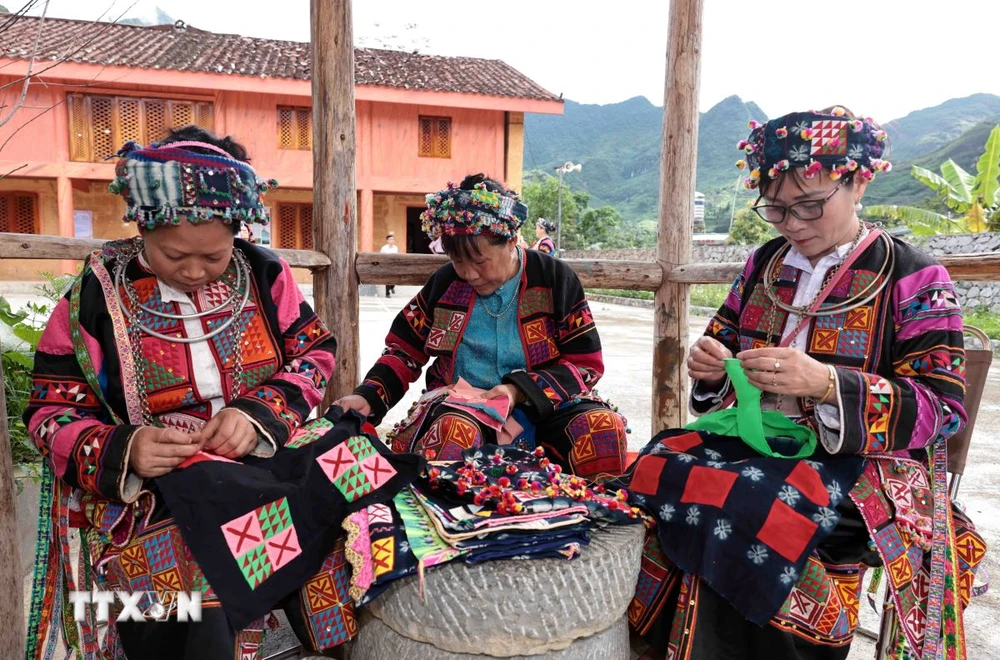
Historical and cultural relics and scenic spots in ethnic minority areas have also been scientifically documented and ranked at national and special national levels. UNESCO's recognition of many intangible cultural heritages, such as: Central Highlands Gong Cultural Space (2008); Then practice of the Tay, Nung, and Thai people in Vietnam (2019); Thai Xoe art (2022) and Cham pottery art (2024) are also the results of coordination between authorities and communities in preserving cultural heritage.
Every year, the Party and State organize meetings with prestigious people, village elders, village chiefs, and artisans (who play an important role in preserving and promoting the cultural values of ethnic minorities) and award the title of People's Artisan and Meritorious Artisan to individuals who have made outstanding contributions to preserving cultural heritage, including folk art, customs, beliefs, knowledge, literature, language, writing, and traditional festivals.
Efforts to preserve and promote national cultural values are also strongly implemented in localities.
Currently, 30 provinces nationwide have implemented 700 ethnic minority language schools; published 8 ethnic language programs (Cham, Khmer, Gia Rai, Bana, Ede, Mong, Mnong, Thai) and 6 sets of ethnic minority language textbooks (Cham, Khmer, Gia Rai, Bana, Ede, Mong). Many localities have surveyed, compiled statistics, collected the languages, writings, and ancient documents of ethnic groups; compiled and published books on ethnic minority languages.
Many localities have exploited cultural values, creating attractive tourism products. Some tourism development models have been formed and operated quite effectively, such as community tourism in Ban Men (Dien Bien), Ban Ang (Son La), Ban Nam Dam (Ha Giang), Ban Tham (Lai Chau)...; the tourist route "Through the Viet Bac heritage sites;" "The Central Highlands Green Road;" "Central Highlands Gong Space;" "Root tourism," "Northwest Roots," "Highland Colors;" "Northwest Arc Tourism"...
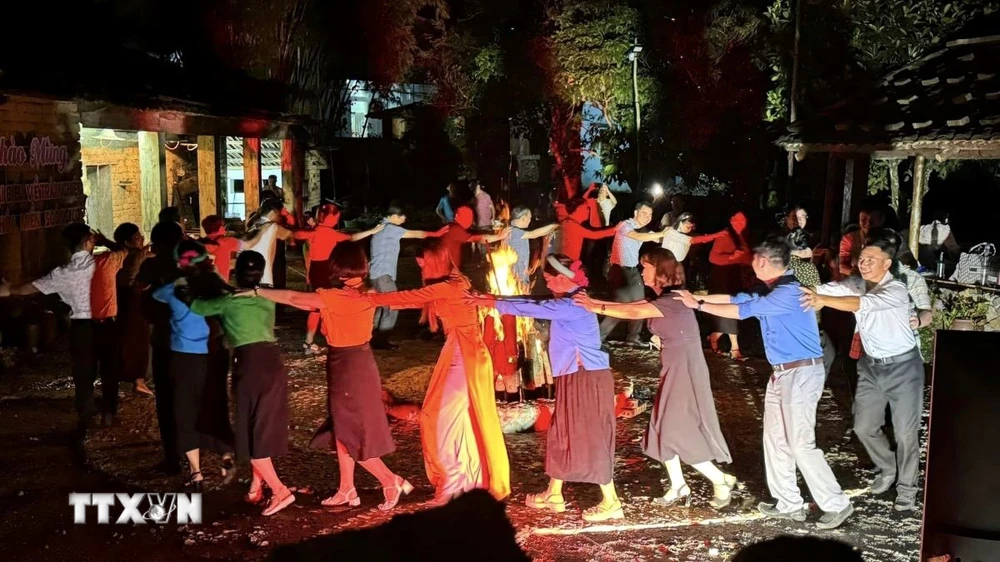
The implementation of policies to preserve and promote traditional cultural values of ethnic minorities in association with tourism development has contributed to the restoration, preservation and promotion of many unique cultural values; at the same time, it has created more jobs, increased income, thereby promoting the process of hunger eradication and poverty reduction in ethnic minority and mountainous areas.
In addition, programs to restore traditional festivals and support folk artisans have been widely deployed, making an important contribution to preserving and promoting national cultural values.
Traditional festivals, with their unique rituals and customs, not only attract community participation but are also an opportunity to educate the younger generation about their origins, history and precious spiritual values.
Support for folk artisans is also emphasized, from providing funding, organizing training courses, to creating conditions for them to teach their profession to the next generation. These activities not only contribute to preserving but also promoting the development of traditional crafts, protecting the cultural diversity of the country.
Facing challenges and solutions
Despite many achievements, the preservation of national culture still faces many challenges, especially the development of market economy, urbanization and international integration. Traditional cultural values are at risk of being lost if there are no timely protection measures.
To overcome this situation, it is necessary to strengthen education on national cultural values, especially for the younger generation. Heritage digital technologies and cultural preservation associated with sustainable tourism development also need to be promoted.
In addition, policies to support artisans, village elders and village chiefs - who play an important role in preserving and teaching culture - also need more attention.
Preserving and promoting national cultural identity is a common responsibility of the whole society, not only of the Party and the State. National culture is a bridge between the past and the present, and is the foundation for the country's sustainable development. Protecting and promoting these values not only helps affirm national identity but also creates momentum for strong development, making Vietnam a rich, civilized and rich country with national identity./.
Source: https://www.vietnamplus.vn/giu-gin-va-phat-huy-ban-sac-van-hoa-dan-toc-nen-tang-cho-phat-trien-ben-vung-post1000273.vnp



![[Photo] Students of Binh Minh Primary School enjoy the full moon festival, receiving the joys of childhood](https://vphoto.vietnam.vn/thumb/1200x675/vietnam/resource/IMAGE/2025/10/3/8cf8abef22fe4471be400a818912cb85)



![[Photo] Prime Minister Pham Minh Chinh chairs meeting to deploy overcoming consequences of storm No. 10](https://vphoto.vietnam.vn/thumb/1200x675/vietnam/resource/IMAGE/2025/10/3/544f420dcc844463898fcbef46247d16)
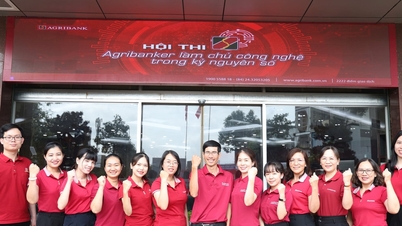

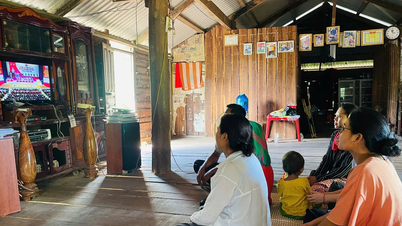

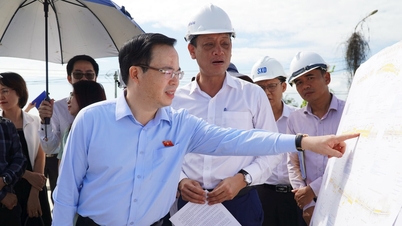
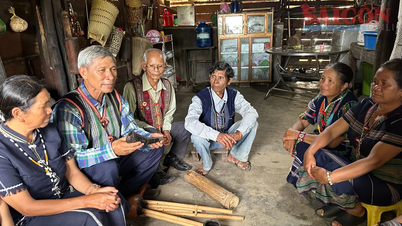

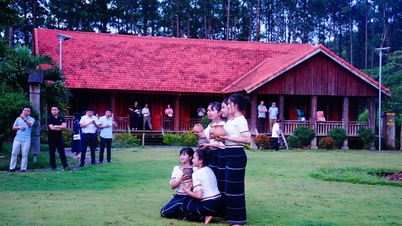

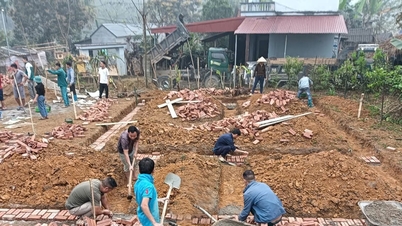
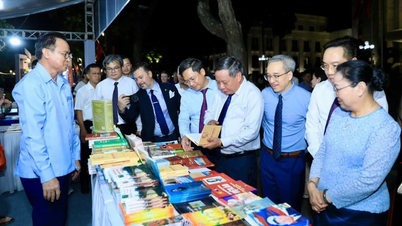



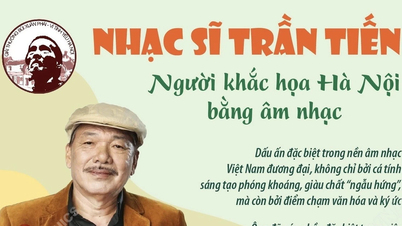
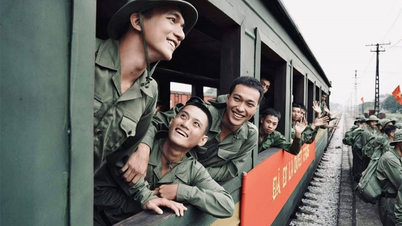

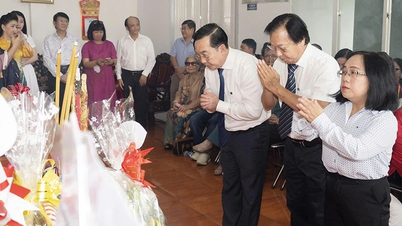




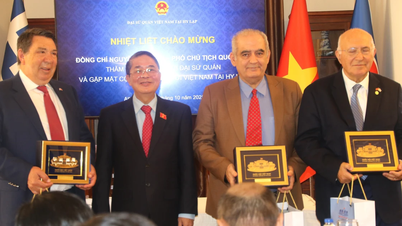
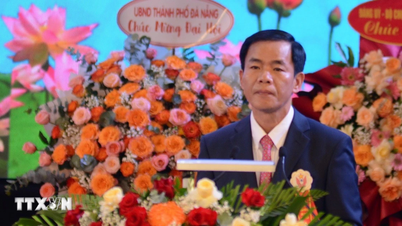
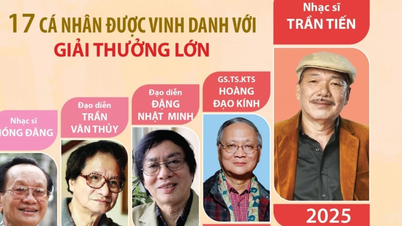


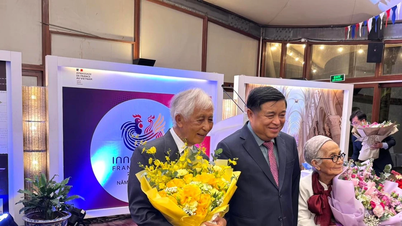
















































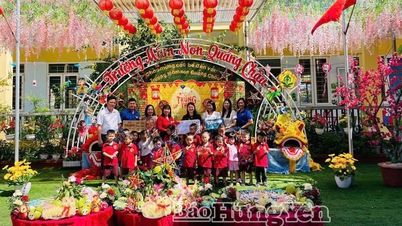


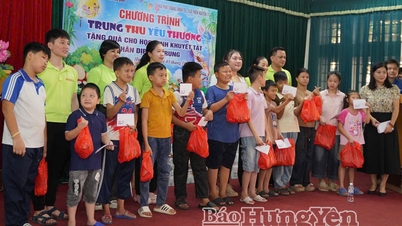

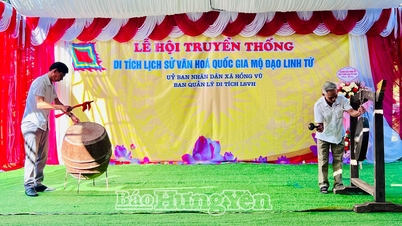
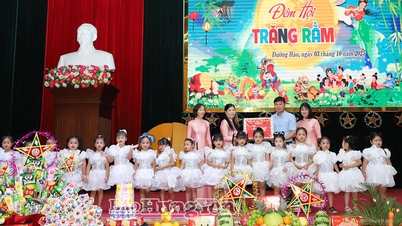












Comment (0)